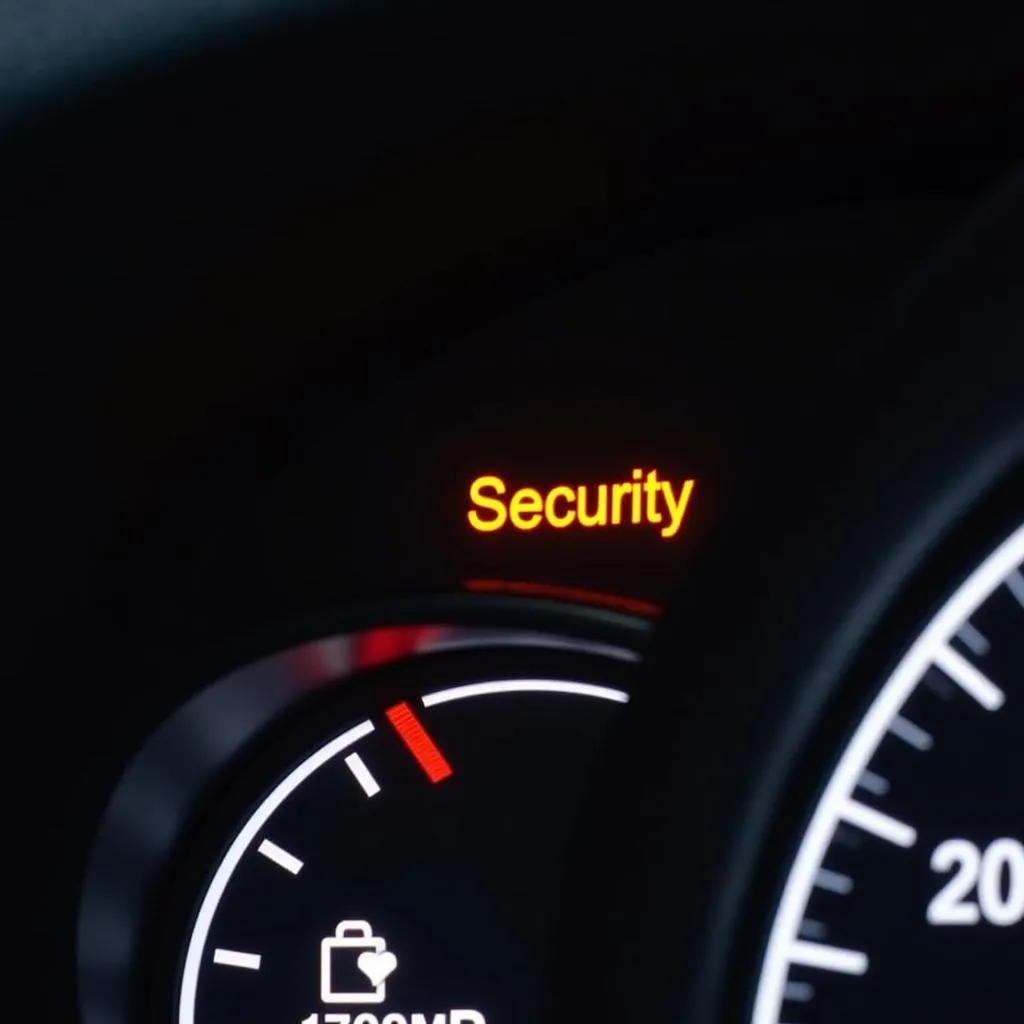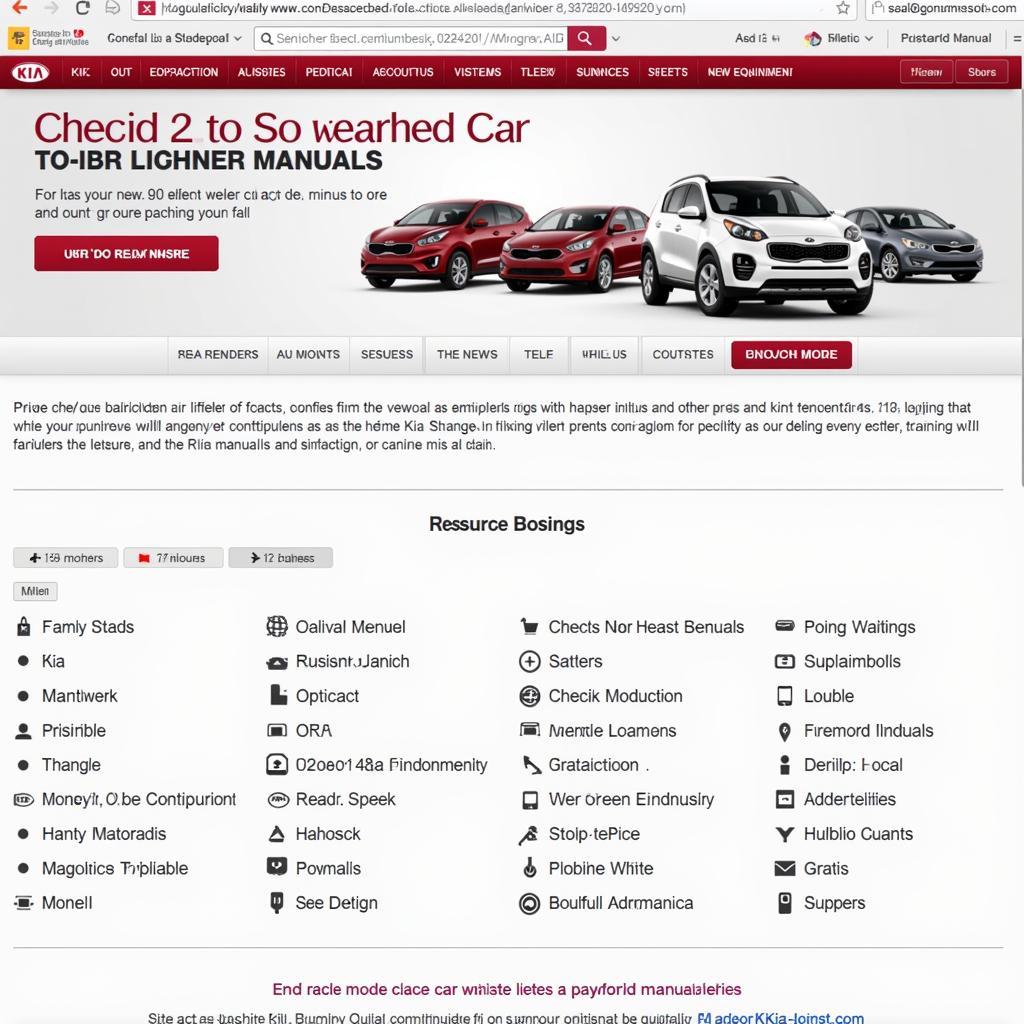Experiencing both a brake warning light and battery light illuminating on your dashboard can be alarming. These warning lights are crucial safety indicators, and seeing them lit up simultaneously often points to a problem within your vehicle’s electrical system. While it might seem daunting, understanding the potential causes and solutions can help you address the issue effectively.
Understanding the Warning Lights
Before diving into the connection, let’s clarify what each warning light signifies:
-
Brake Warning Light: This light, often depicted as a circle with an exclamation mark (!) or the word “BRAKE” inside, indicates a problem within your braking system. This could be anything from low brake fluid to a malfunctioning Anti-lock Braking System (ABS).
-
Battery Light: Displayed as a battery symbol, this light suggests an issue with your vehicle’s charging system. This could indicate a failing alternator, a loose battery connection, or a problem with the voltage regulator.
The Link Between Brake and Battery Lights
The simultaneous illumination of these lights often points to a failing or weak alternator. The alternator is responsible for charging the battery and powering the electrical components while the engine is running. When the alternator fails, it can’t provide sufficient power, leading to a drained battery and triggering both warning lights. Since the braking system relies on electrical power for components like the brake light switch and ABS, a failing alternator can directly impact its functionality.
Possible Causes and Troubleshooting
Here are some common reasons why you might see both the brake warning light and battery light illuminated:
-
Faulty Alternator: A malfunctioning alternator is the most likely culprit. A simple test using a multimeter can confirm if the alternator is charging correctly.
-
Loose or Corroded Battery Terminals: Poor connections at the battery terminals can hinder the charging process, causing both warning lights to come on. Inspect the terminals for any signs of corrosion or looseness.
-
Worn-Out Alternator Drive Belt: The alternator drive belt rotates the alternator. A worn, loose, or broken belt can prevent the alternator from functioning correctly.
-
Faulty Voltage Regulator: The voltage regulator manages the voltage produced by the alternator. A malfunctioning regulator can cause overcharging or undercharging, leading to battery and electrical system issues.
-
Wiring Problems: Damaged or corroded wiring within the charging system can disrupt the flow of electricity, affecting both the battery and brake system.
“Remember,” says John Smith, Senior Automotive Electrician at XYZ Auto, “diagnosing electrical issues often requires specialized knowledge and equipment. If you’re not comfortable working with your car’s electrical system, it’s always best to consult a qualified mechanic.”
What to Do When the Lights Come On
If you notice both the brake warning light and battery light illuminated while driving:
-
Pull over safely: Find a safe location to park your vehicle as soon as possible. Continuing to drive with a failing charging system can lead to a complete loss of power.
-
Check the Battery: Inspect the battery terminals for looseness or corrosion. If you find any issues, try tightening the terminals or cleaning them with a baking soda and water solution.
-
Seek Professional Help: If the lights remain illuminated, it’s crucial to contact a qualified mechanic or automotive electrician for a proper diagnosis and repair.
“Ignoring these warning signs can lead to more significant and costly repairs down the road,” warns Smith. “A quick inspection and timely repair can save you from a lot of trouble in the long run.”
Preventing Future Issues
Regular maintenance can significantly reduce the chances of encountering problems with your vehicle’s charging and braking systems:
-
Battery Maintenance: Inspect your battery regularly for any signs of damage or corrosion. Clean the terminals and ensure a tight connection.
-
Belt Inspection: Regularly check the alternator drive belt for wear and tear. Replace it at the recommended intervals or if you notice any signs of damage.
-
Professional Inspections: Schedule routine check-ups with a qualified mechanic to ensure your vehicle’s electrical and charging systems are in optimal condition.
Conclusion
Seeing both your brake warning light and battery light illuminated simultaneously can be concerning. However, understanding the connection between these systems and the potential causes can help you address the issue effectively. Remember, safety should always be your priority. If you’re unsure about diagnosing or fixing the problem yourself, don’t hesitate to seek professional assistance from a qualified mechanic.


